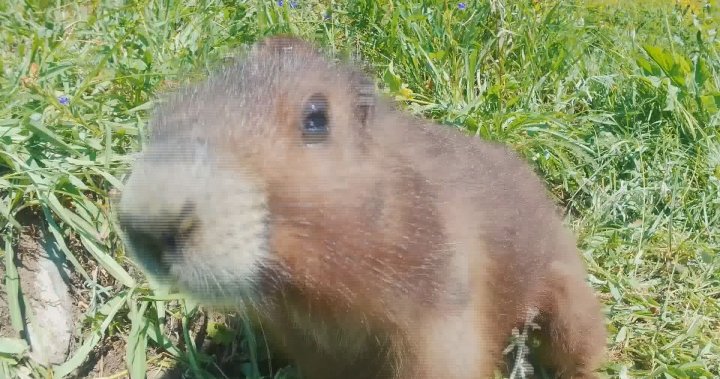
Baby boom helps critically endangered Vancouver Island marmot population
Global News
The population of wild Vancouver Island marmots fell to just 30 animals in 2003. Now, 20 years later, the population has grown by a factor of 10.
A decades-long initiative to save one of Canada’s most endangered mammals is paying dividends.
In 2003, the population of Vancouver Island marmots had fallen to just 30 known animals, with the species on the verge of extinction.
The species only lives in the alpine meadows of Vancouver Island’s central mountains, and is facing a number of threats including climate change and habitat loss.
“They’re the only mammal that’s endemic to B.C., that lives here and nowhere else in the world, and they have been living on this island for probably two million years,” explained Adam Taylor, executive director of the Marmot Recovery Foundation.
“Unfortunately, beginning some time in the late ’80s … the population really crashed.”
The prospect of losing the species kicked off a recovery effort that involved the non-profit sector, the B.C. government, and even zoos in Calgary and Toronto.
Working with a captive stock, biologists and volunteers have been breeding the marmots, then painstakingly transporting them on foot or by helicopter into their natural habitat for release.
Malcolm McAdie, captive breeding coordinator for the foundation, said those efforts are paying off.











